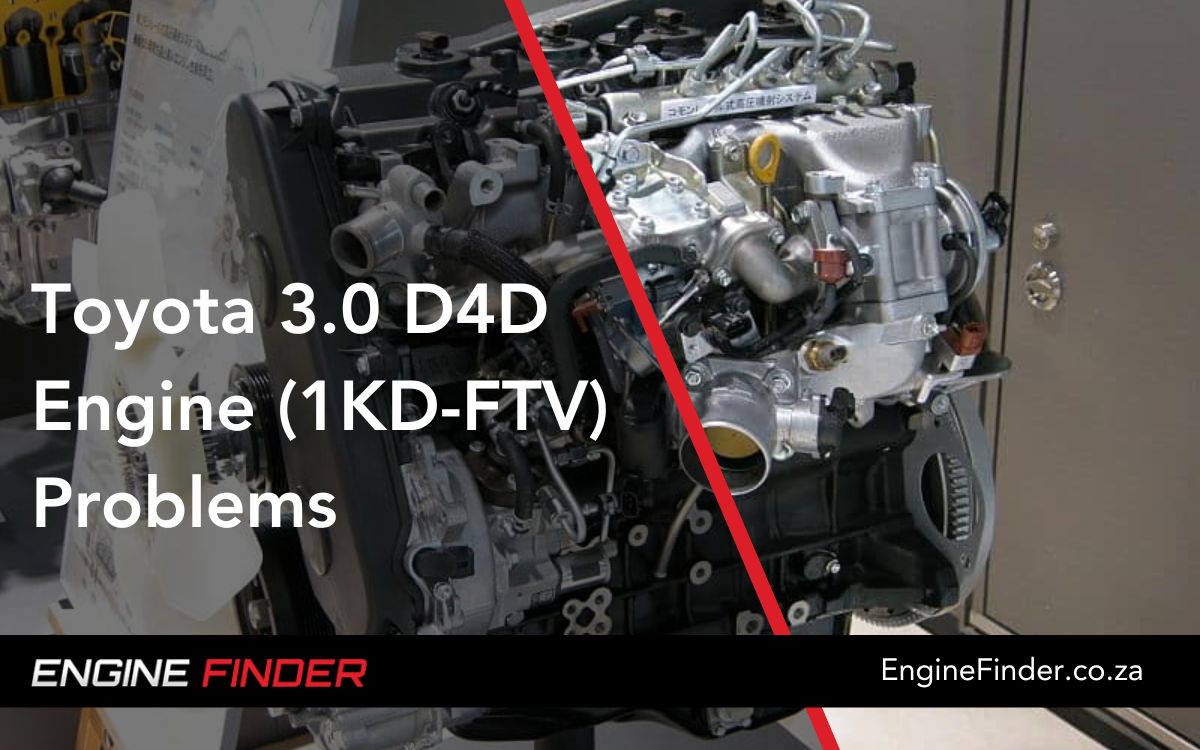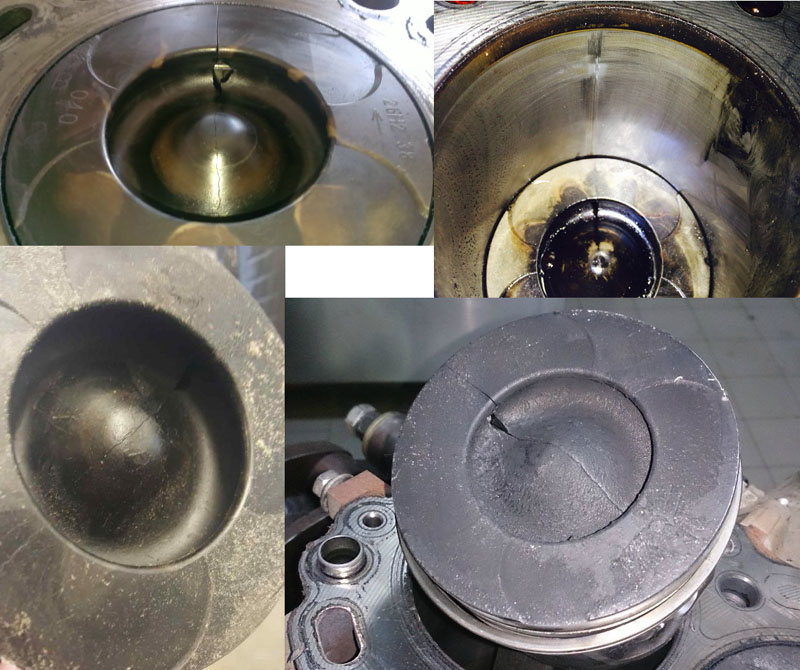For a long period of time, Toyota powertrains were considered the best and most reliable. According to most motorists, motors practically do not break in conditions of intensive use. One can argue with this statement, as the statistics of repairs suggests otherwise. Separate models of engines in terms of reliability do not stand out among analogues in terms of characteristics and cost. For example, Toyota 3.0 D-4D diesel turbo engine is not the most successful design and may fail at the most inopportune moment.
Key Takeaways
Here is a table summarizing the key problems and solutions associated with the Toyota 3.0 D-4D engine:
| Problem | Description | Solution |
|---|---|---|
| Cracked Pistons | Pistons cracking, especially in engines manufactured before June 2009. More common in high-speed, intensive use, and summer heat conditions. | Replace cracked pistons with new units. In case of severe damage, repair or replace the engine. |
| Burn Out Of O Rings | Copper o-rings on fuel nozzles burn out, leading to white smoke at engine start, engine noise, and oil leakage into combustion chambers. | Replace burnt o-rings to ensure system tightness and prevent oil leakage. |
| Error P0524 | Software issue causing false critical oil level warnings in engines manufactured before 2010. | Reflash the control unit at a service center to correct the software issue. |
| EGR Valve Problems | Poor reliability and durability of the EGR valve, requiring periodic cleaning of the intercooler and intake manifold. | Regularly clean the EGR valve, intercooler, and intake manifold every 60,000 kilometers. Check fuel system and compressor if oil accumulation is noted. |
Some History Of The 1KD-FTV Engine
For the first time on the market, a 3-liter power unit marked 1KD-FTV appeared almost 20 years ago, in 2000. The manufacturer was one of the first to install a Common Rail fuel system on a large-volume turbocharged engine. For the concern, Delphi developed the injection module.
The installation of such power units was carried out on Toyota full-size SUVs. The first 1KD-FTV engine was installed into the Land Cruiser Prado 120, after some time the engines began to be installed on the Prado 150. The manufacturer was not limited to two models.
At different times, the power units 3.0 D-4D were mounted on pickups and other Toyota models, for example, Hilux, 4Runner, Fortuner. Vehicles with such engines were exported to many countries on all world continents. With the development of technology, 1KD-FTV engines gave way to GD power units, whose working volume was 2.4 or 2.8 liters.
Design
Structurally, the cylinder block of the power unit of this modification consists entirely of cast iron. A distinctive feature of the motor is the absence of sleeves. As pistons, all-aluminum elements are used. The piston skirts are rubber coated. The 1KD-FTV motor includes 2 balancer shafts. The crankshaft with counterweights is responsible for the movement of the balancers, the moment is transmitted using a gear drive.
An aluminum alloy was also used to produce the cylinder head. The cylinder head includes two camshafts, 4 valves are provided for each cylinder. One of the features of the motor is the lack of hydraulic lifters. Thermal clearances are regulated using plate-type pushers.
Another feature of the motor is the presence of a timing drive of a non-standard design. The structure of the unit includes a gear transmission, two balancing shafts, a high-pressure fuel pump and an oil pump. The timing belt drives the intake and exhaust shafts with the help of reliable and durable mechanisms. At the same time, the belt must be replaced at least every 100 thousand kilometers. To control the mileage, a special counter is installed that informs the driver about the need for maintenance.
On Toyota vehicles with such an engine, a CT16V brand turbocharger is installed. The technical characteristics of the module allow air to be pumped up to 1.1 bar. To cool the incoming air flow, an intercooler is used, which is installed under the plastic cover of the motor. The 1KD-FTV engines are made in accordance with Euro-3 and more. The engine includes an exhaust gas recirculation system marked EGR.
What problems may Toyota owners face with a 1KD-FTV engine?
The reliability of Toyota engines has always been considered one of the brand’s strengths. At the same time, almost every model has typical flaws. For motors with the 1KD-FTV index, manufactured in accordance with the Euro-4 standard, the problem may appear in the form of cracking of the pistons.

